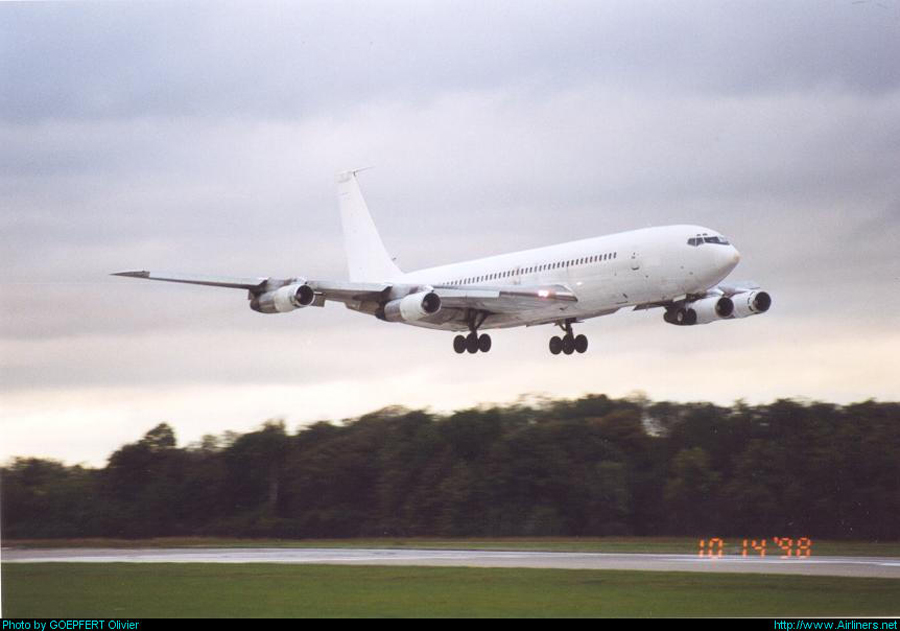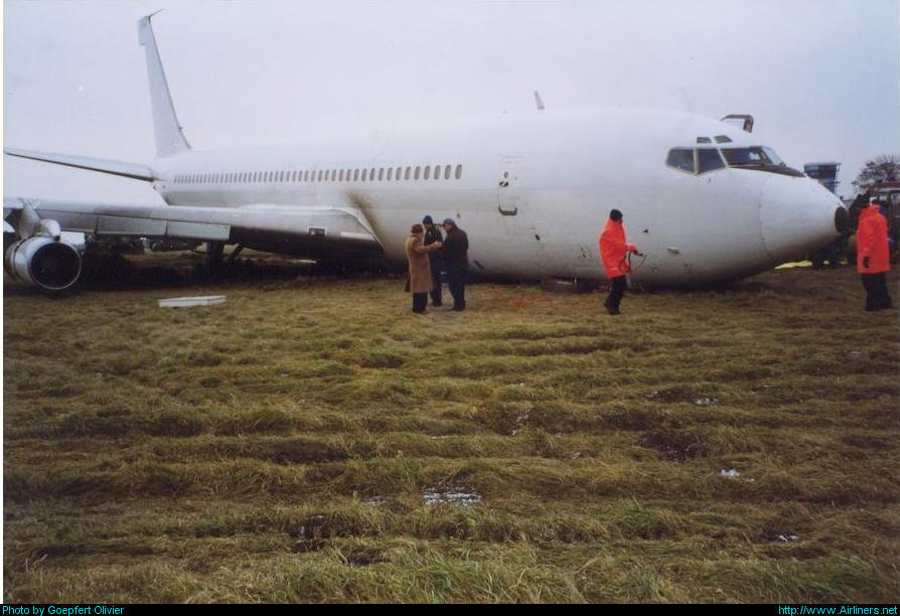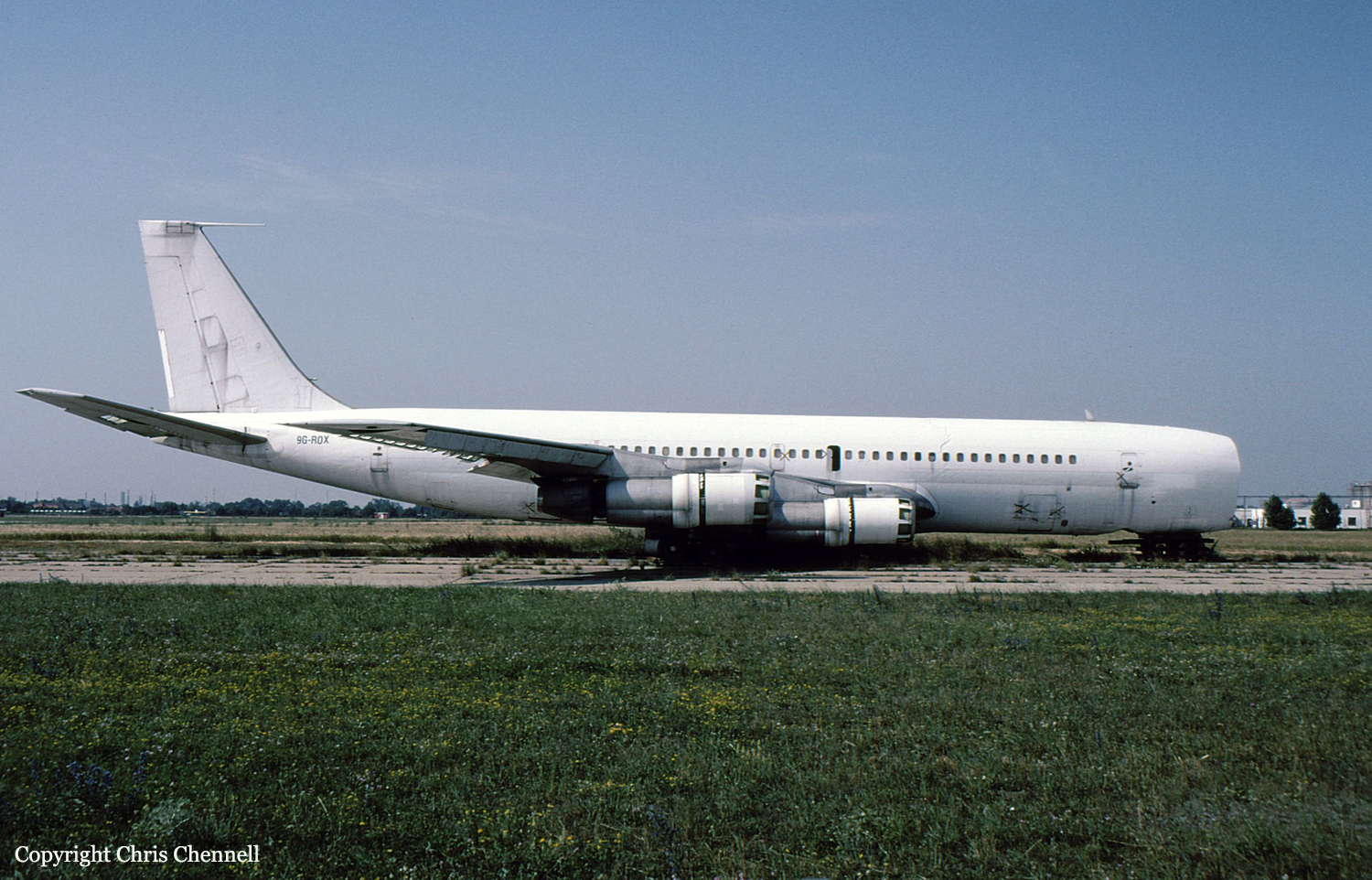Country
Crash of a Boeing 707-351C off Mwanza
Date & Time:
Feb 3, 2000 at 1736 LT
Registration:
ST-APY
Survivors:
Yes
Schedule:
Khartoum - Mwanza - Brussels
MSN:
19412
YOM:
1967
Flight number:
TRT310
Crew on board:
5
Crew fatalities:
Pax on board:
0
Pax fatalities:
Other fatalities:
Total fatalities:
0
Aircraft flight hours:
51200
Aircraft flight cycles:
21600
Circumstances:
The aircraft was departed Khartoum for a flight to Mwanza where it was supposed to pick up a cargo of 38 tonnes of fish fillet from Vick Fish Processors for delivery in Europe. When it went dark en route to Mwanza, the radio altimeter integral light was found to be unserviceable. The crew were not able to fix the problem and the continued using the FMS. The crew contacted Mwanza tower at 16:58 and were being advised that there was no power at the airport and that efforts were being made to use a standby generator. Further information passed on the crew reportedly included VOR, DME and NDB all unserviceable, weather: wind calm, 8 km visibility, temperature 25deg C and QNH 1015. After holding for 10 minutes, the airport generator came on and the runway lights went on. The first officer, who was pilot flying, started a visual runway 12 approach. When well established on finals with full landing configuration, the captain told the f/o that he was too low, and a few seconds later he told the f/o he was too high. Both the captain and the flight engineer then told the f/o to go around. The f/o overshot and climbed to 5500 feet on the downwind leg. Turning on the left base the captain remarked that the turn was too tight: ".. I will do a 360-degree turn to the right and position you finals". The captain thus took over control and started a right turn at 4400 feet. Just before completing the turn, the f/o said: "do not go down anymore, the altimeter is reading 4100 feet". Almost aligned with the runway, the f/o took over control again. At that same moment the aircraft bounced 2 or 3 times yawing to the left and came down to a halt in the middle of the lake.
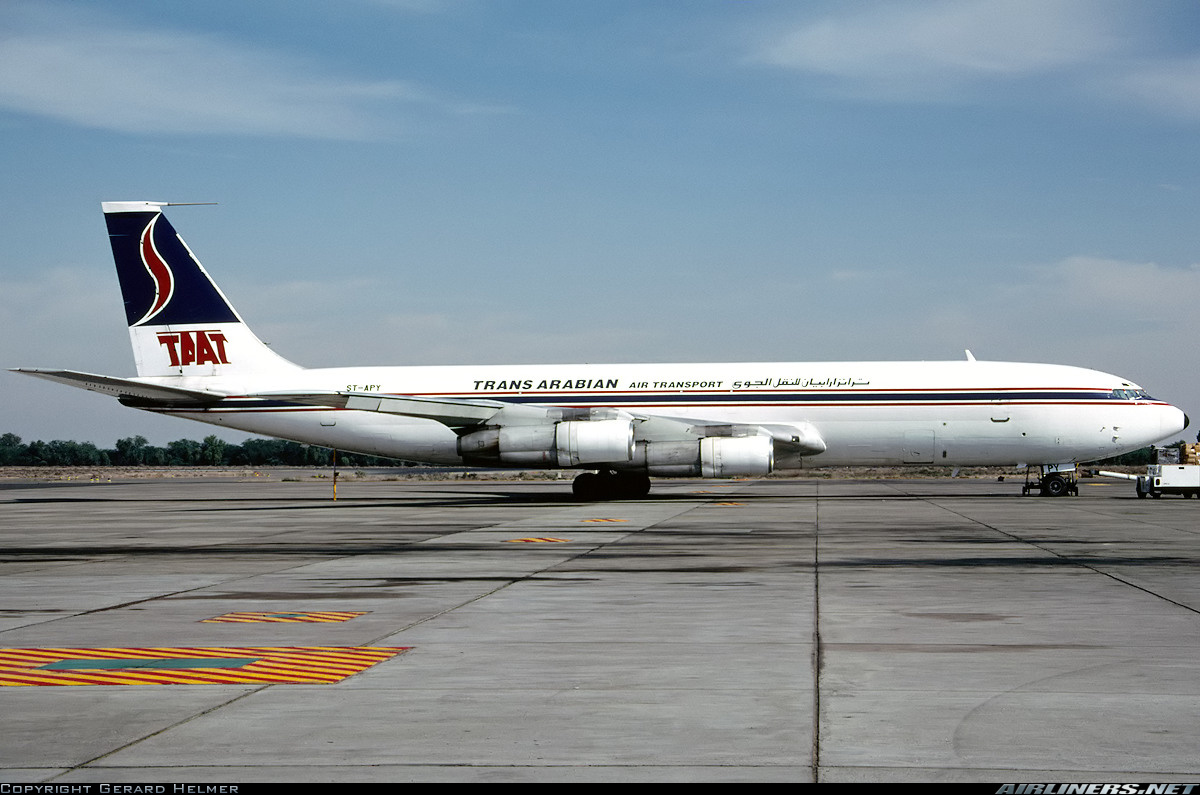
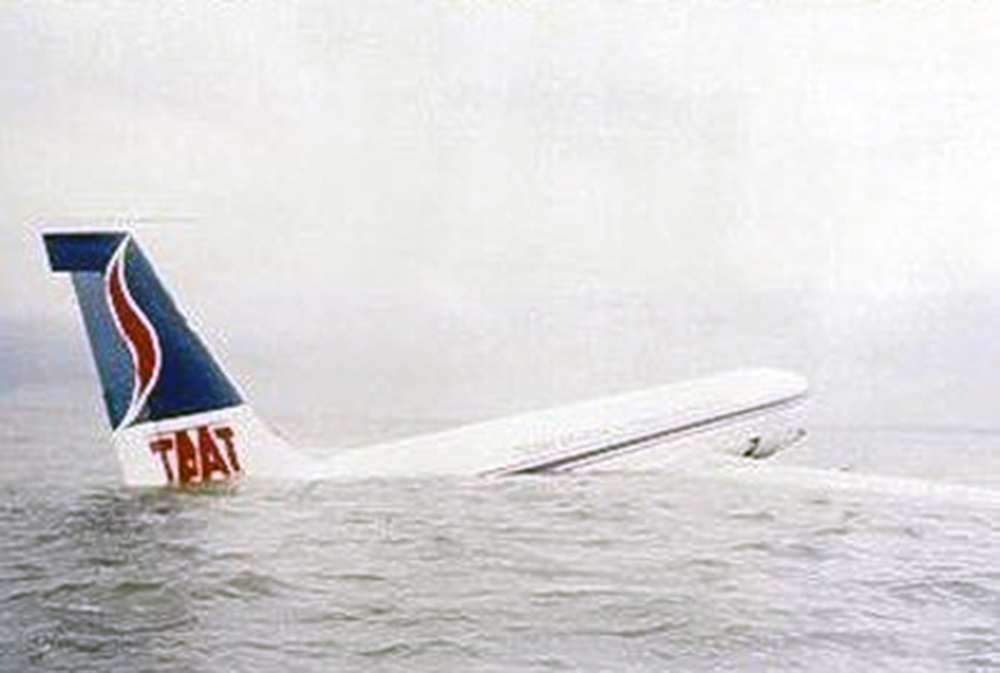
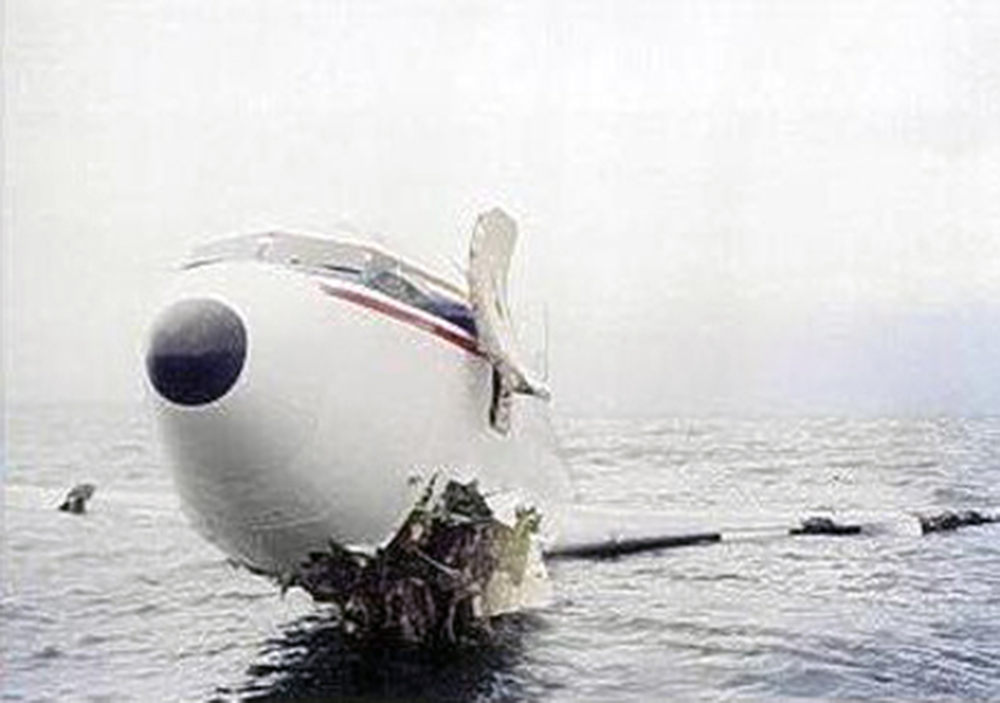
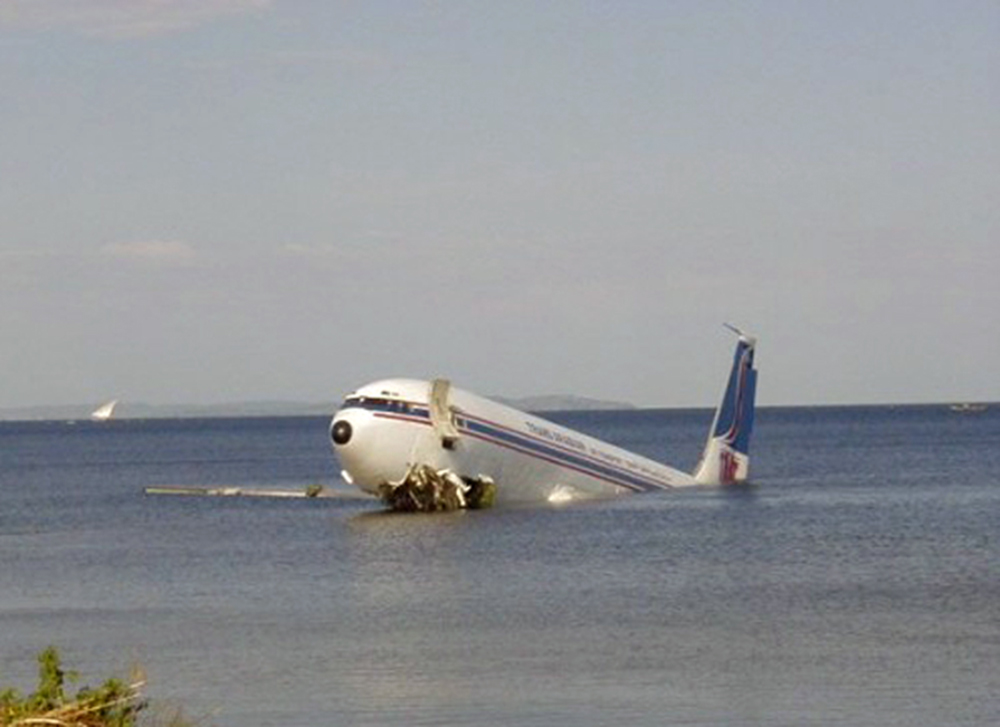
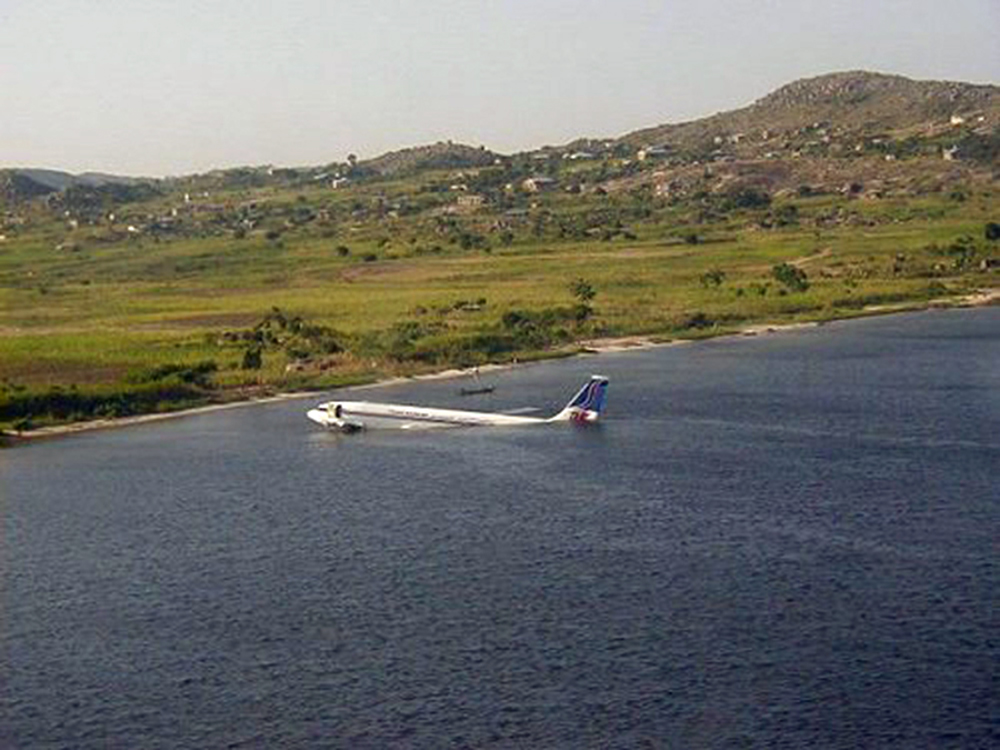
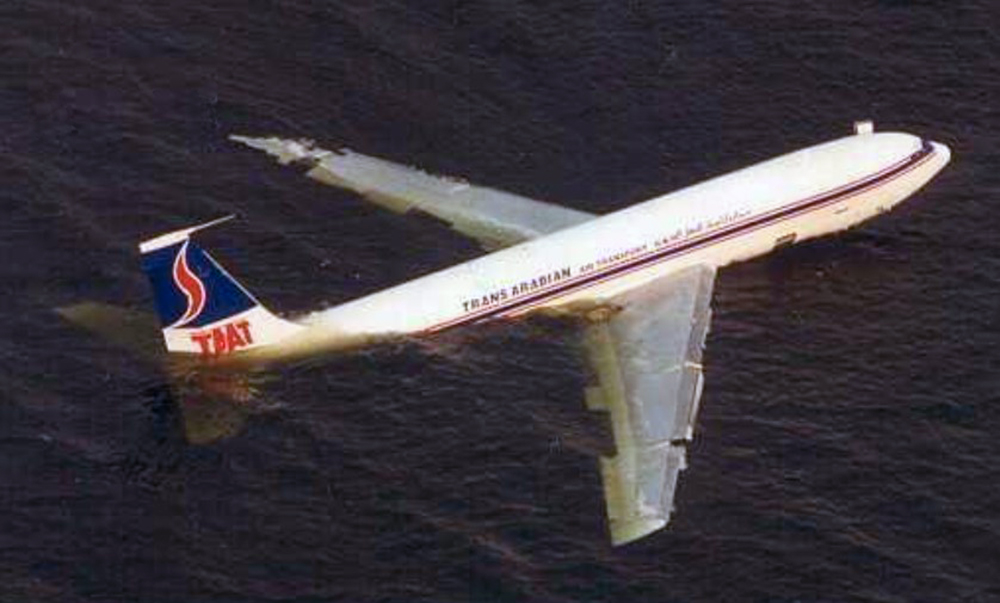
Crash of a Boeing 707-351C in Juba
Date & Time:
Aug 14, 1999
Registration:
ST-ANP
Survivors:
Yes
MSN:
19632
YOM:
1967
Crew on board:
5
Crew fatalities:
Pax on board:
0
Pax fatalities:
Other fatalities:
Total fatalities:
0
Circumstances:
Following a wrong approach configuration, the aircraft was too high on the glide and landed too far down the runway. After touchdown, it was unable to stop within the remaining distance, overran and came to rest 150 metres further. All five crew members escaped uninjured while the aircraft was damaged beyond repair. The crew completed the landing procedure with a tailwind component of nine knots.
Probable cause:
Wrong approach configuration on part of the crew who continued the descent above the glide, causing the aircraft to land too far down the runway and reducing the landing distance available. The crew failed to initiate a go-around procedure.
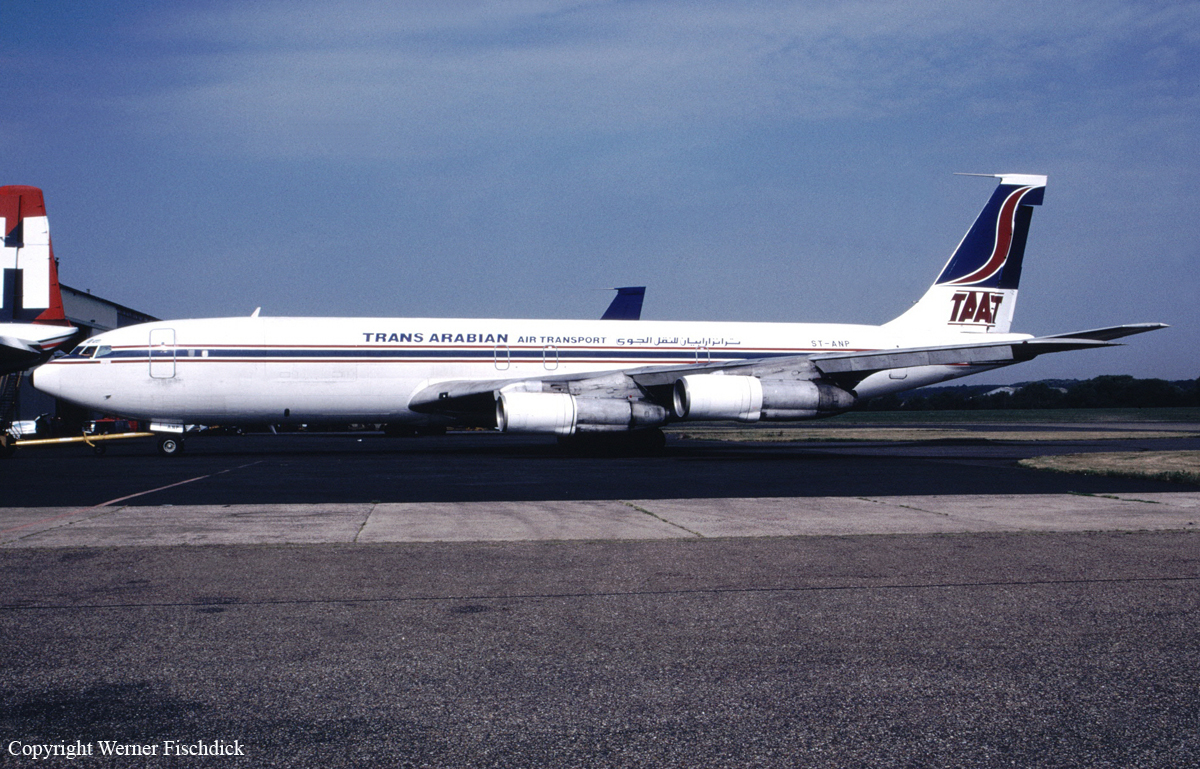
Crash of a Boeing 707-328C in Bratislava
Date & Time:
Feb 7, 1999 at 2344 LT
Registration:
9G-ROX
Survivors:
Yes
Schedule:
Bratislava – N’Djamena
MSN:
19521
YOM:
1967
Crew on board:
3
Crew fatalities:
Pax on board:
4
Pax fatalities:
Other fatalities:
Total fatalities:
0
Circumstances:
The aircraft was leased to a Belgian charter broker around June 1998 to operate fish charter flights between Mwanza and Vienna. The aircraft was in fact seen on many other airports, Bratislava, Ostrava and Lubumbashi. At the time of the accident, the plane is understood to have had a long list of 32 faults that needed urgent repair. Problems included a limited EGT of n°1 & 4 engines; n°3 engine constant speed drive (CSD) gearbox was consuming a 'massive amount of oil'; n°1 engine CSD generator missing; n°2 engine required bleed on takeoff and above FL330; left wing leading edge cracked and leaking; n°4 fuel tank and reserve tank gauge not working. Decision to ferry the aircraft to N'Djamena was taken on February 7. During the takeoff roll the n°2 & 3 engines failed. The takeoff was aborted but the aircraft could not be stopped within the remaining distance. It overran, lost its nose gear and came to rest 200 metres past the runway end. All seven occupants escaped uninjured while the aircraft was damaged beyond repair.
